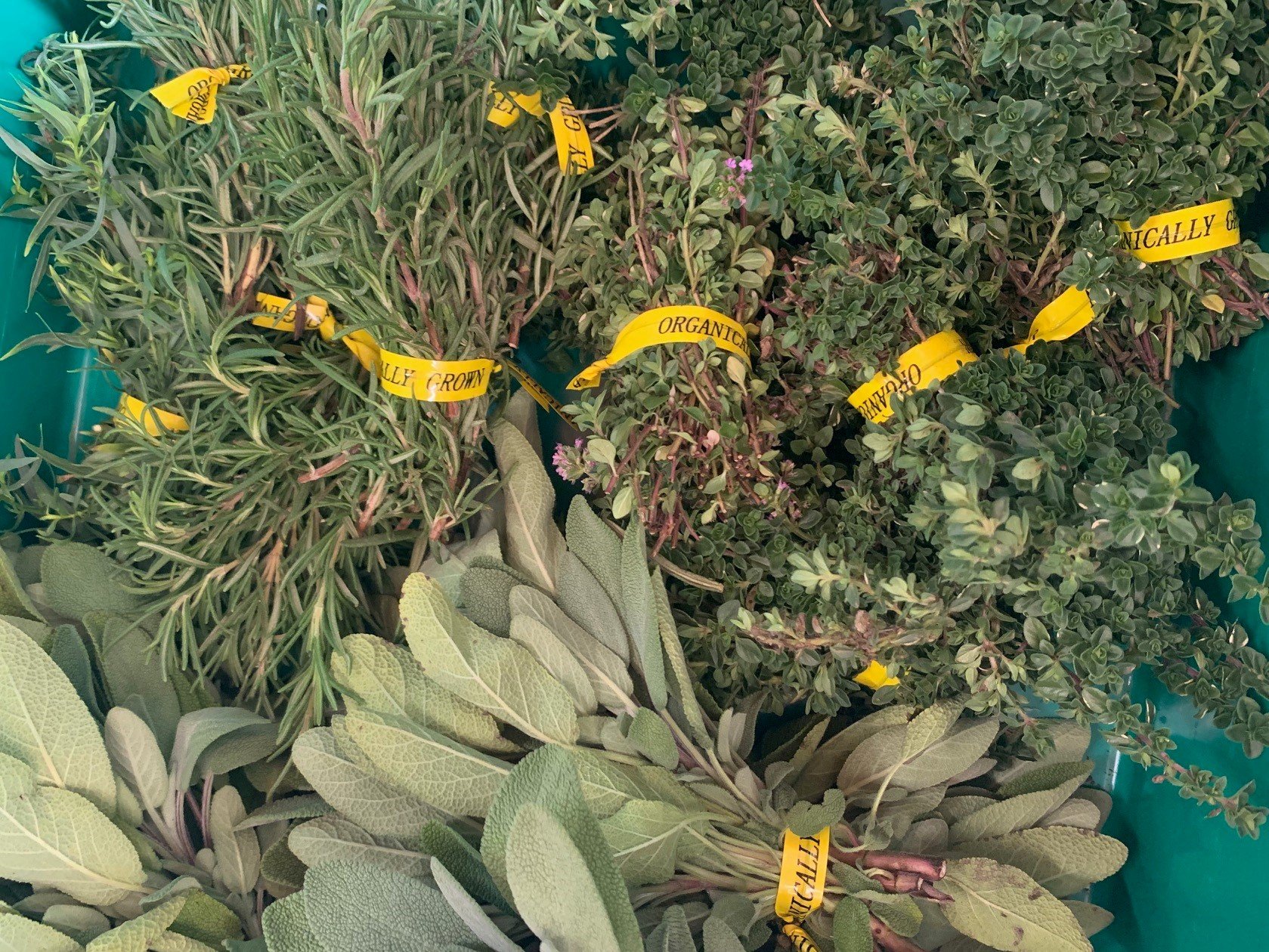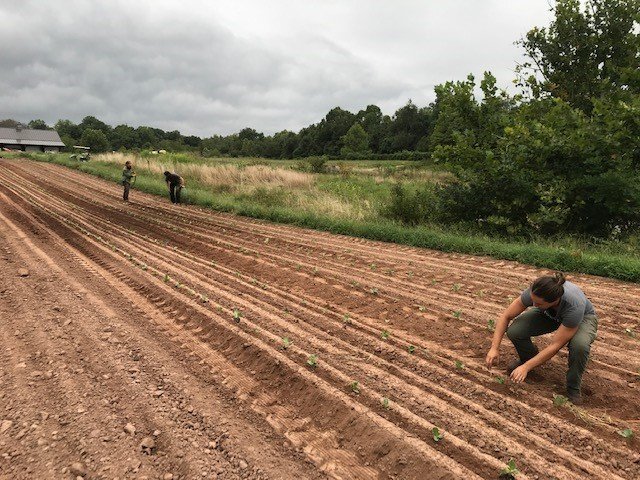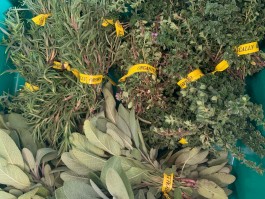My first memory of fresh herbs in the kitchen is my mother, with a small pair of shears, trimming a comically large pile of fresh curly parsley for her homemade turkey stuffing at Thanksgiving. This became my holiday kitchen task when I was hold enough to wield the kitchen scissors, and for years I dutifully trimmed the tiny green leaves from their fractal-like branches. Working in an Italian restaurant in college, I flattened basil leaves in stacks, rolled the stacks, and then sliced the rolls into delicate ribbons that would garnish pasta. Years later, I watched as a talented chef dipped sage leaves into hot simple syrup and let them cool, harden, and crystallize like glass.
An herb is any plant whose leaves add flavor or aroma to food. Fresh herbs add dimension, contrast, and brightness to recipes from dinner to dessert. Some provide the hint of bitterness needed to balance sweet and salty flavors for a well-rounded dish, and some are themselves sweet. They may seem intimidating, as their strong scents waft up from the little bundles in your share! Fresh herbs, however, are adored by chefs because of their flexibility and subtlety. They can be blended uncooked with good olive oil to make familiar favorites like pesto, or its lesser known cousins pistou and chimichurri. Toss them in hot or cold pasta, salads of all sorts, dressings, and marinades.
Tender sage and tarragon, or pungent rosemary and thyme, may be easily overlooked in favor of their dried counterparts. Most recipes are written to include dried herbs in precise, tiny measurements. Dried herbs have their place, certainly; they play nicely in soups, stews, sauces, and other dishes with high liquid contents and a longer time over heat. Their more concentrated flavor infuses these dishes when used at the beginning of the cooking process. Swapping dried herbs for fresh in most recipes is as simple as multiplying the quantity by 3-4 (according to your taste) and adding to your dish toward the end of any process involving heat. This is an amazing flavor cheat sheet to keep close at hand!
Storing fresh herbs is as easy as cooking with them. Basil is happy to have its stems freshly snipped and placed in a jar of cold water, just like cut flowers. Most other herbs will last a week or more wrapped a plastic bag with a damp paper towel inside the refrigerator. If you prefer the convenience of the dried varieties, those herbs with smaller leaves and woodier stems are preserved beautifully at home with this method . Alternatively, you can freeze them in olive oil for simple re-heating.
Every week, we aim to make several varieties of herbs available for your farm shares. If you’re hesitant to try them, start with the fresh version of something you use often. Browse some of the more “herb-centric” recipes on our Pinterest page, or just breathe in the smell of them drying in your kitchen, where they’ll wait patiently for culinary inspiration to strike you! We wish you an aromatic week, replete with new flavors.
At the Farm Stand this Saturday, 8/24, we're hosting the Roaming Coyote Food Truck from 11 AM to 2 PM. Come to your CSA pickup hungry and treat yourself to a Tex-Mex lunch with street tacos and mini-chimichangas!
Eat well today and be well always,
Ashley, Collin, John, Lex, Rory, Nate, James, Alexandra, Michelle, the dusty dogs, the uninvited deer, the growing piglets, and the hard-working hens




